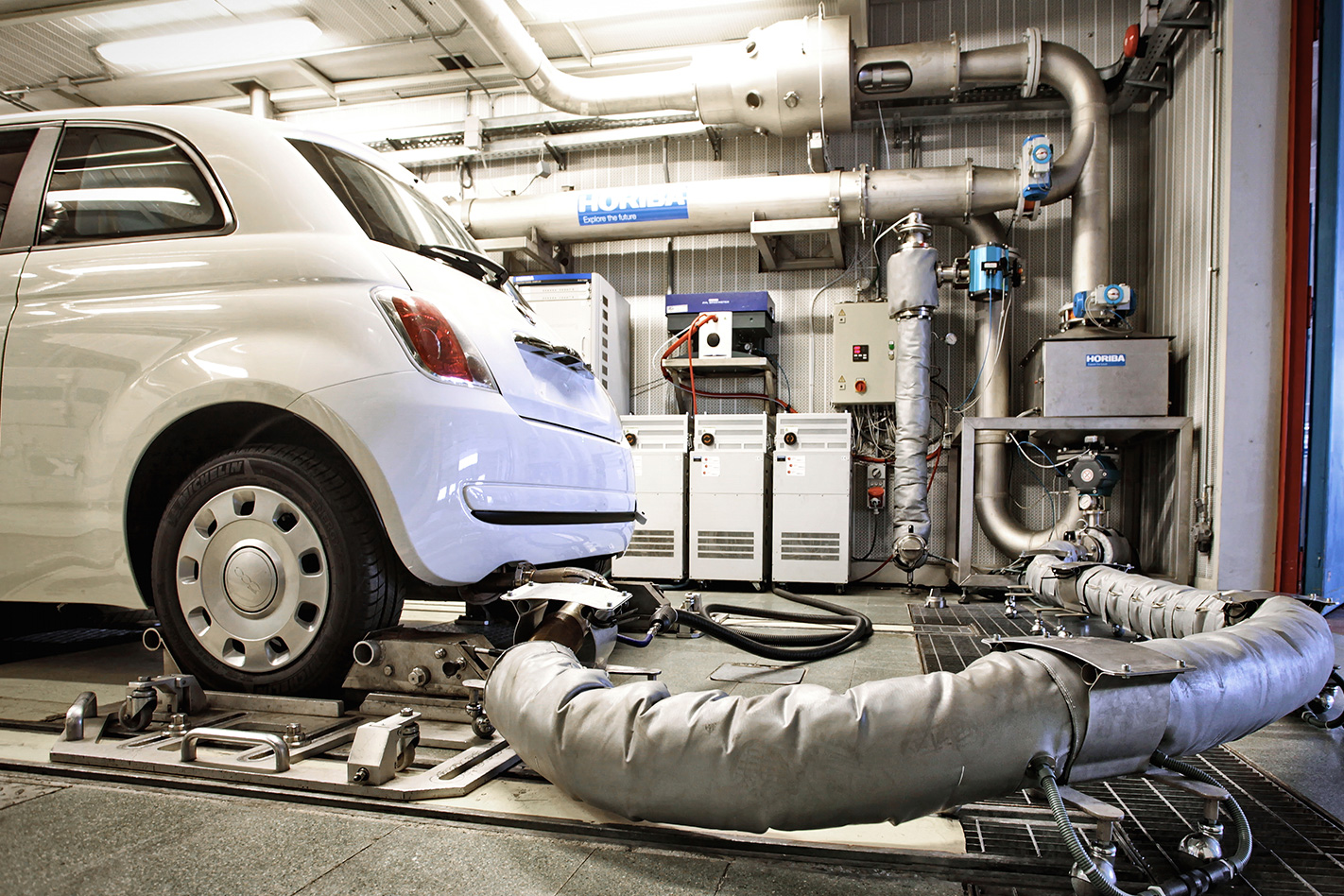
Real world emissions testing programs in Australia and the UK have found a majority of cars exceed their official published fuel consumption figures by up to 60 per cent in actual driving conditions.
The real world figures have reinforced concerns that the inaccuracy of official laboratory emissions testing is underestimating fuel consumption figures leading to ill-informed decisions by consumers and government policy makers.
Australia’s first large-scale independent on-road vehicle emissions testing program has found 17 of 30 vehicles tested used 25 percent more fuel on average than their official rating, with some even recording a figure as high as 60 percent.
The Australian Automobile Association (AAA) commissioned testing also revealed on-road noxious gas emissions up to eight times the legal limit.
AAA CEO Micheal Bradley said the results were bad news for Australian consumers looking for credible information on which to base their car buying decisions.
“Our test results are a warning to Australians to take the Government’s promises of fuel and cost savings with a grain of salt, and expect those savings to be significantly less than what’s promised.”
Some of the highest discrepancies were with cars that have passed the latest Euro 6 lab emission standard, which the AAA says created a false perception that upgrading to new cars would usually save money in the long run.
The AAA-commissioned testing coincides with UK research by motoring consumer website HonestJohn.co.uk that showed nine out of 10 cars failed to meet their official published figures due to ‘out dated’ lab testing.

Researchers analysed 118,000 “Real MPG” fuel reports, submitted by UK drivers, and found that, like the AAA testing, an average car in the UK now uses 24 percent more fuel than claimed.
Honest John’s Managing Editor, Daniel Powell, said: “Real MPG (miles per gallon) has shown that, for the majority of drivers, advertised fuel economy figures are quite simply too good to be true. As a result, many are finding it increasingly difficult to understand how much fuel a car will use or how polluting it will be.
“There’s clearly a need for change in the way that MPG is measured, as the real world figures don’t reflect those of laboratories.”
In Australia there are also concerns about how Federal Government emission policies are based on the presumption that newer cars are far cleaner than older vehicles.
One avenue the Government is considering is reducing sulphur levels in fuel by phasing out 91 RON ‘unleaded’ fuel within five years in favour of premium unleaded, which would drive base petrol price up by more than 10 cents per litre.
“The Government’s documents show a lack of robust science behind their assumptions and Australian motoring clubs believe the Government must update its modelling and undertake further public consultation,” said Bradley.
“Australian consumers won’t thank the Government for a scheme that makes cars and petrol cost more than they should, but fails to deliver benefit for our environment.”




